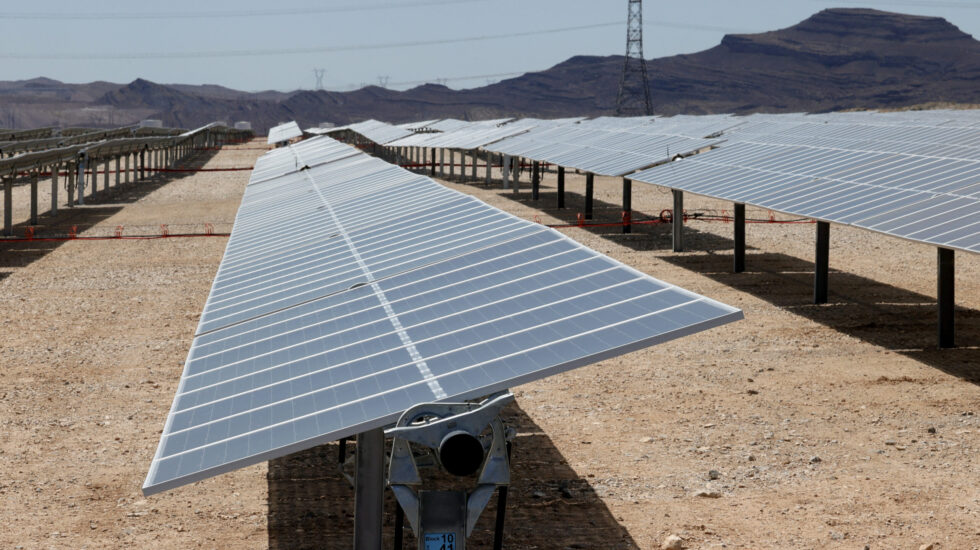Virtually all of California’s energy needs were met by renewable resources for a few minutes on Saturday afternoon, marking a major environmental milestone.
Solar panels provided nearly two-thirds of the state’s energy, while wind turbines generated 25%. A mix of geothermal, biomass, biogas and hydro provided the remainder.
“Twenty years ago no one thought we could get to 100% renewable energy. But bit by bit, bill by bill, and solar panel by solar panel we did it. This is a great day for California and the rest of the world. 100% clean energy is ready for prime time. The future is here today in California,” said Dan Jacobson, senior advisor to Environment California in a statement.
The milestone was achieved at approximately 2:50pm Saturday afternoon. Grid watchers initially believed renewables were generating enough energy to cover 101% of California’s real-time power needs, but a recalculation found that the number was slightly lower, 99.87%.
Vice reports:
The accomplishment serves the state’s overall goal of meeting 100 percent of its electricity needs with clean power by 2045. And while this particular landmark moment in renewable power was fleeting, renewable supply eclipsed the supply of natural gas by a large margin for twelve hours of the day on April 30, between 7 a.m. and 7 p.m. The state also saw 97.6 percent of its power come from renewables a few weeks prior to Saturday’s achievement, on April 3. At 3:39 p.m. on a Sunday, the grid broke a previous record of 96.4 per cent, a trend that signals what it could look like for California to reach its clean energy commitments.
“When we see renewable energy peaks like this, we are getting to re-imagine what the grid will look like for generations to come,” Ashutosh Bhagwat, chair of the ISO’s board of governors said in a press release on the April 3 victory. “These moments help crystallize the vision of the modern, efficient and sustainable grid of the future.”
Approximately 59% of California’s electricity came from renewable and zero-carbon sources in 2020, according to the latest data from the state’s Energy Commission.



